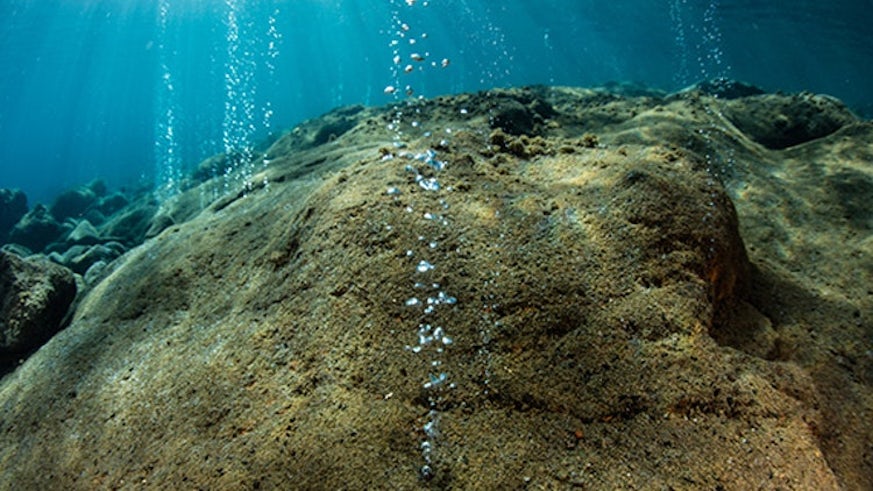New insights suggest pressurised water at fault lines could drive seismic activity
12 November 2021

Recently released research from Cardiff University offers a new possible cause for the slow tectonic creep at fault lines to become the faster sliding of an earthquake.
Dr Ake Fagereng, a scientist in the School of Earth and Environmental Sciences, working with Professor Luca Menegon from the University of Oslo, has explored how this happens. Studying a small, now inactive shear zone in northern Norway has provided evidence to support theoretical models that suggest pressurised water acts as an instigating factor in these movements.
The shear zone under examination contains structures commonly created by both rapid energetic motion and slow deformation over time. By analysing the minerals and structures of the rocks in the zone, it is possible to extrapolate the conditions that create these geological features.
Fractures in zones like these are under high pressure, making it incredibly difficult for them to open under typical conditions. The presence of water within the pores of the rock however can trigger the fracturing. Water present in these pores becomes pressurised by the slow persistent movement of rocks surrounding the fault line, fracturing the rock. As the water flows out of the fractures it enters new porous areas within the rock and the cycle begins again.
Evidence for the presence of water in these zones during the rapid motion comes from the veins of quartz present within the zones. As pressurised silica-bearing water enters the open fractures, the water is depressurised, and silica is deposited creating the veins found in the zones being studied.
Dr Fagereng describes the motion as “A bit like spreading butter on toast – when sheared, the viscous material is stretched, flattened, and any pore space is reduced. Consequently, any water inside the shear zone is also pressurised. If there is nowhere for the water to go, water pressure increases until fractures open, then, immediately, the water pressure is released as water flows into the new fractures.”
Using this model can help researchers to understand more about earthquake hazards in areas where small repeating quakes are a regular occurrence. It can also help mineral prospectors rule out mineral veins found in similar geological conditions as resulting from too small scale fluid flow to be economically viable, because of the locally-sourced, small-scale nature of how the minerals are deposited.
The paper is available online at Geoscience World.